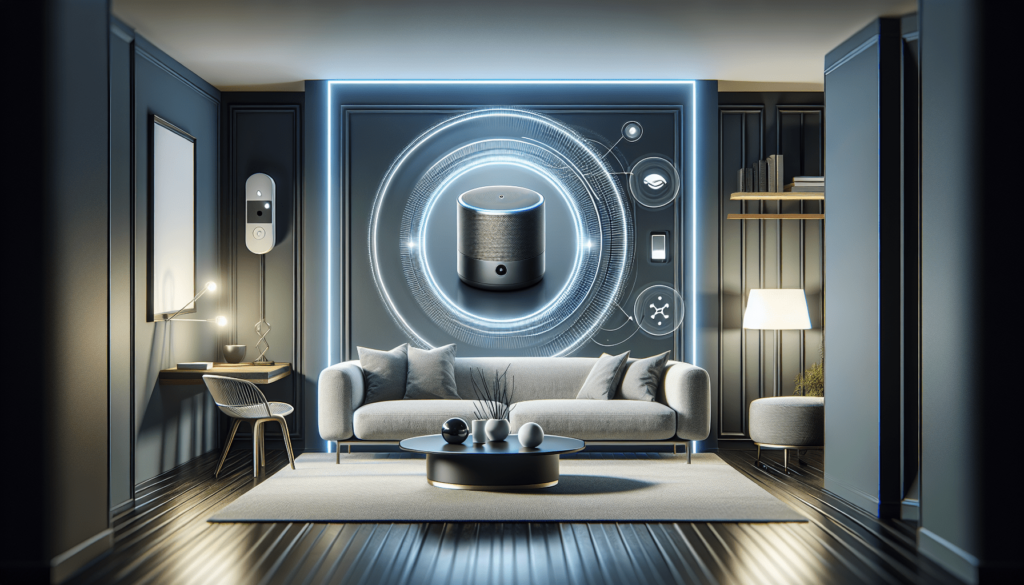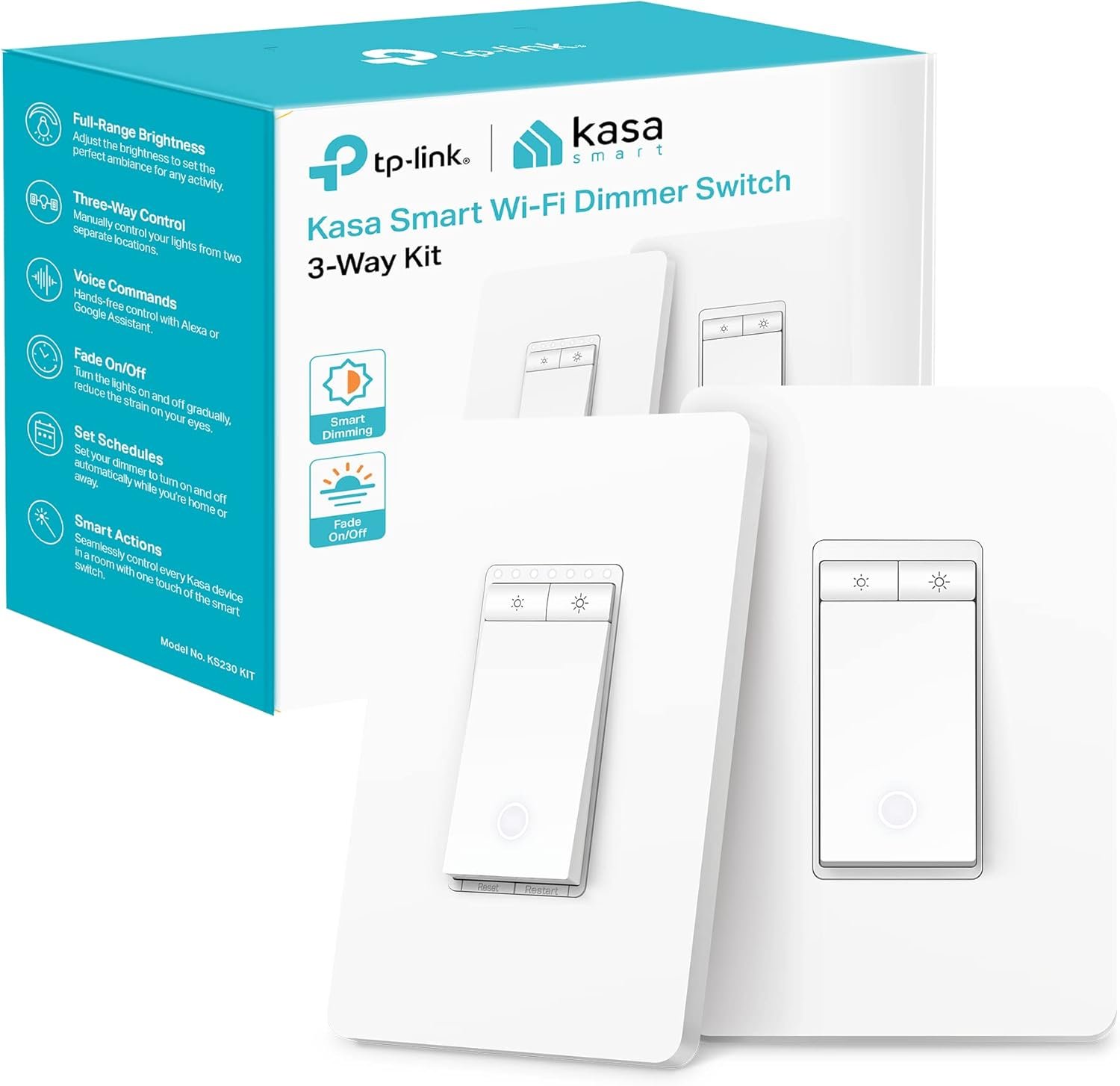Have you ever wondered how to upgrade your living space with smart technology but felt overwhelmed by the choices available? Deciding on the right smart home device can be a daunting task, especially with so many options on the market. Fear not, though; you’re not alone on this journey. Whether you’re a homeowner, a renter, or a tech enthusiast, understanding the essentials of smart home technology can help you make informed decisions that align with your needs, preferences, and budget. Ready to learn more? Let’s break it down together.
Understanding Smart Home Technology
To start off, let’s establish what smart home technology is all about. At its core, smart home technology involves devices and systems designed to automate and enhance various aspects of household functioning. From automated lighting and temperature control to security systems and entertainment, smart devices offer a new level of convenience and efficiency. But how do these devices work, and how can they transform your living space?
Definition and Overview
smart home devices are electronic gadgets connected to the internet, allowing you to control, monitor, and manage various home functions through apps, voice commands, or automated schedules. The goal? To make life more convenient, efficient, and secure. Imagine adjusting your thermostat remotely or getting notifications about your front door activity on your smartphone. Sounds intriguing, right?
How Smart Home Devices Work
Understanding how these devices communicate is key to choosing the right one. Essentially, smart home devices connect via Wi-Fi, Bluetooth, Zigbee, or Z-Wave. They often rely on hubs or platforms, like Amazon Alexa, Google Home, or Apple HomeKit, to integrate and interact with one another. This interconnected ecosystem makes it possible to control multiple devices from a single app or voice assistant.
Exploring Your Options
The smart home market is vast, offering products that cater to various preferences and needs. From energy-saving solutions to enhanced security systems, let’s explore the categories of smart home devices to help you identify which may suit your lifestyle.
Categories of Smart Home Devices
-
Smart Lighting: These allow you to change lighting settings from anywhere, create schedules, or adjust brightness and color to suit your mood.
-
Smart Thermostats: Enable remote temperature control, learn your preferences over time, and help reduce energy consumption.
-
Smart Security Systems: Comprising cameras, doorbells, and sensors, these devices offer real-time alerts and monitoring to keep your home safe.
-
Smart Appliances: From refrigerators to ovens, smart appliances can streamline chores and efficiency in the kitchen and beyond.
-
Voice Assistants: Devices like Amazon Echo or Google Nest allow you to voice-control all your smart home gadgets.
-
Smart Plugs and Outlets: Turn standard devices smart by allowing you to control power to outlets remotely.
-
Smart Entertainment systems: Enhance your audio and visual setup with smart televisions and speakers for an immersive experience.

Costs and Value Considerations
Once you’ve identified the types of smart devices that interest you, it’s crucial to weigh costs against their potential benefits. Initial investments can be significant, but long-term savings and convenience often justify them.
Initial Costs vs. Long-term Benefits
Here’s a simplified breakdown:
| Category | Initial Cost | Long-term Benefits |
|---|---|---|
| Smart Lighting | $10-$100 per bulb | Energy savings, ambiance control |
| Smart Thermostats | $150-$300 | Lower heating/cooling bills, personalized settings |
| Smart Security Systems | $100-$500+ | Enhanced security, peace of mind |
| Smart Appliances | $200-$2,000+ | Convenience, energy efficiency |
| Voice Assistants | $50-$200 | Centralized control, integration capabilities |
Understanding these costs upfront can help set realistic expectations for your smart home transformation.
Budgeting Tips for Smart Home Devices
- Prioritize Needs: Focus on devices that address immediate concerns or offer significant improvements.
- Start Small: Begin with individual devices; add more as needed.
- Watch for Deals: Smart home products frequently go on sale, so keep an eye out for discounts.
Choosing the Right Devices
Picking the right device involves more than browsing online catalogs—considering your specific needs, home setup, and future plans is essential.
Assessing Your Needs
Ask yourself the following questions:
- What problem do you need to solve (e.g., security, energy efficiency)?
- How tech-savvy are you? Choose devices that match your comfort with technology.
- Do you have existing smart devices? Compatibility matters.
Evaluating Compatibility and Connectivity
Ensuring your smart devices can communicate smoothly with each other is crucial. Consider:
- Platform Compatibility: Are you in the Apple, Google, or Amazon ecosystem?
- Network Reliability: Robust Wi-Fi is necessary for optimal device performance.
- Integration Ease: Devices should work seamlessly across various brands and technologies.
Addressing Security and Privacy Concerns
Your home is your sanctuary, and smart home devices should not compromise your privacy or safety.
Security Risks and Mitigation
- Data Encryption: Opt for devices with strong encryption standards.
- Regular Updates: Devices with frequent security patches are preferable.
- Two-Factor Authentication: Adds an extra layer of protection against unauthorized access.
Privacy Considerations
When dealing with cloud-connected devices, it’s essential to consider:
- Data Storage: Know where and how your data is stored.
- Permission Settings: Closely review and control data-sharing settings.
- Reputation of Manufacturers: Choose reputable brands known for their privacy policies.

Setting Up Your Smart Home
Congratulations on deciding to embark on your smart home journey! Setting up these devices can be both an exciting and challenging experience. Here’s a step-by-step guide to help you get started.
Getting Started: A Practical Setup Guide
- Plan Your Layout: Determine what each device will control and its location.
- Connect to Network: Ensure a strong and stable Wi-Fi connection.
- Install Devices: Follow manufacturer instructions for physical setup.
- Configure Apps/Software: Download necessary apps and connect them to your devices.
- Test Functionality: Make sure everything responds correctly to commands.
Maintenance Tips for Longevity
- Update Regularly: Keep device firmware up to date for security and performance.
- Monitor Usage: Use apps to monitor device usage for anomalies.
- Routine Maintenance: Periodically clean and inspect devices to ensure they’re functioning optimally.
Understanding Energy Efficiency and Sustainability
Smart home devices often promise energy-efficient solutions. Let’s explore how these gadgets contribute to sustainable living.
Energy Efficiency Advantages
- Automated Adjustments: Devices like thermostats learn your habits and adjust settings for optimal energy savings.
- Remote Monitoring: Allows you to keep track of consumption and identify waste.
- Scheduled Operations: Automate devices to turn off when not in use based on schedules.
Sustainability Considerations
- Environmentally Friendly Practices: Many smart devices encourage reduced energy use, which can lower your carbon footprint.
- Recyclability: Choose devices from manufacturers committed to sustainable and recyclable designs.
Staying Ahead: Future-Proofing and Innovation
The smart home industry is continually evolving, and staying ahead of technological advancements can maximize your investment.
Emerging Trends and Advancements
- AI Integration: Devices are becoming smarter with AI and machine learning capabilities.
- 5G Connectivity: Faster networks will enable quicker and more reliable smart home operations.
- Sustainable Technology: Innovations focused on energy conservation and eco-friendly materials are on the rise.
Making Your Smart Home Future-Proof
- Scalability: Choose devices that can grow with your home and needs.
- Open-Source Systems: Consider systems that support third-party integrations.
- Continuous Learning: Stay informed about new developments and updates.
Conclusion: Aligning Smart Home Investments with Your Needs
In deciding whether to invest in smart home technology, understanding your unique needs and evaluating how these devices integrate into your lifestyle is crucial. Whether you’re looking to enhance security, boost energy efficiency, or simply embrace modern convenience, the right smart home devices can make a significant difference.
Research thoroughly, compare options, and consult with experts if needed. Remember, the goal is not just to have the latest technology, but to choose solutions that genuinely improve your living environment. Once you’ve chosen and set up your ideal smart home system, you’ll likely wonder how you ever lived without it.




